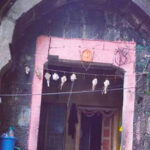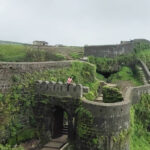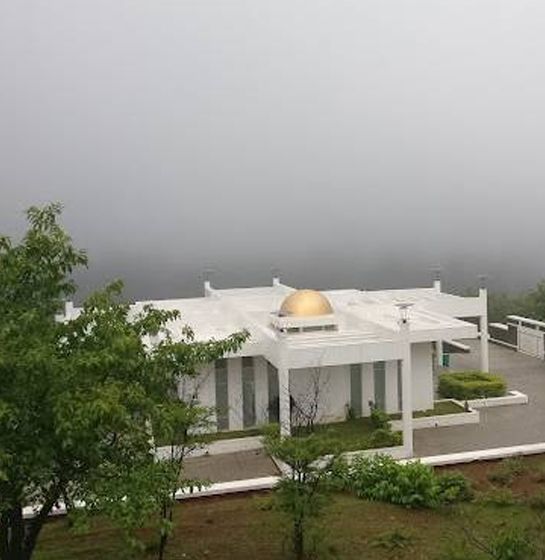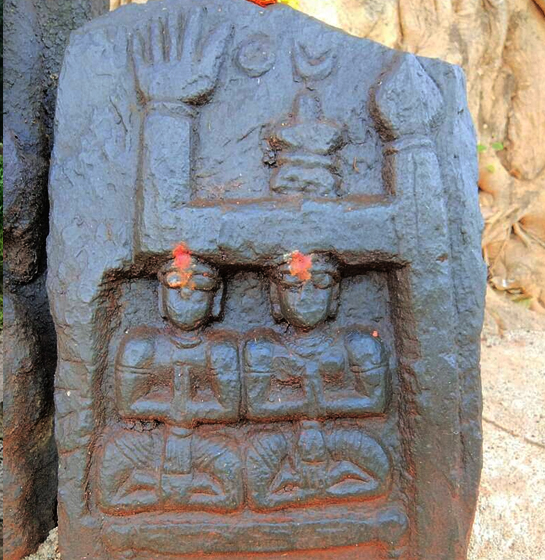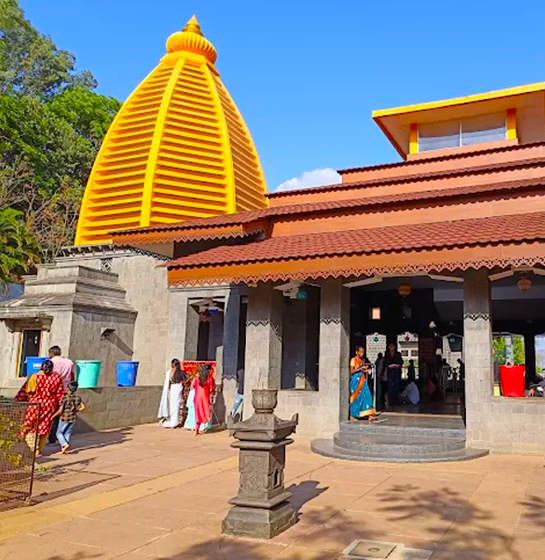Potnis Wada
Gems of Mulshi
Greetings, friends! Today, we are going to explore the historical Potnis Wada located in the Mulshi taluka. Situated 25 km from Pune, on the Lavasa road at Urwade village, stands the majestic Wada of Shahumaharaj’s trusted servant, Sardar Yashwantrao Potnis. Facing east, this Wada stands tall even after 250 years, retaining its grandeur.
When you stand in front of the Wada, you are greeted with an enormous entrance gate, 24 feet high and 5 feet wide, which gives you an idea of the Wada’s magnificence. The two main gates, along with their dindis (traditional ceremonial drums), are still in excellent condition. On the gates, there is a 15×10-foot decorative floor that remains in good condition. Upon entering, you’ll notice the structures on either side, known as “Dheljas,” which are slightly worn but still retain their original form. Further inside, remnants of the Chosopi Wada can be seen. A building inside has undergone modernization and is in good condition due to the ongoing residence. The Wada is spread over about half an acre. Of the defensive walls, one side of the wall remains fairly intact. Out of the four towers of the Wada, one tower is still visible.
Close to the Wada, there are three more Wadas built by Potnis in later times. In front of the Wada, the Potnis family has built a beautiful platform with a statue of Chhatrapati Shivaji Maharaj. The construction is impressive, and the memorial is well-maintained. At this location, Potnis’ family has unfurled the flag of Hindavi Swarajya, brought from Raigad, which continues to fly proudly. Beneath the flag, the following inscription is written:
This flag belongs to Shivchhatrapati’s Swarajya on Raigad. In 1763, after giving up Raigad Fort to the Peshwas, Shri Yashwantrao Potnis took the responsibility of safeguarding the Shivaji Maharaj’s flag and swarajya. This flag was brought to Urwade and placed before the Wada in reverence to the great legacy of Shivaji Maharaj.
This account is referenced in the biography of Raigad by Shri Shantarama Awalskar, where he mentions that Potnis had authority over Raigad and Lingana forts. Madhavrao Peshwa attempted to capture them, but his untimely death left the mission incomplete. When Narayanrao Peshwa came to power, the mission to capture Raigad was resumed. Without Chhatrapati’s permission, Potnis did not hand over the fort to the Peshwas. The Peshwa army attacked Raigad, and it was captured by Yashwantrao More, a commander, and his assistant, Balkajirao Palande. Appaji Hara, a commander in the Peshwa army, used all means to capture Raigad. After submitting to Chhatrapati’s throne, the fort was surrendered, and silver flowers were scattered over the throne. The flag of Raigad was brought by Potnis and unfurled at Urwade. Every year on Dussehra, the flag is ceremoniously worshipped and hoisted again.
In Potnis’ temple, there is a beautiful statue of Ashtabhujia Tuljabhavani, and a statue of Mahalsakant Malvli’s Ekvira and Kadakya Bapuji Bawa. Not far from the Wada, one can visit the tomb of Yashwantrao Potnis, now in a dilapidated state. Yashwantrao Potnis was the brother of the great warrior Murarbaaji Deshpande and descendant of Mahadji Potnis.
During British rule, in the Bhore State, Gopinathpant Balakrishna Potnis served as the Chief Minister, while his brother Damodarpant was the Home Minister. Inspired by the unwavering devotion to Shri Brahmachaitanya Gondavlekar Maharaj, the Potnis family established a Shri Ram Temple in the Urwade Wada. Shri Gondavlekar Maharaj was present at the ceremony, and the Ram Navami festival, which began then, continues to be celebrated every year.
In the section “Gems of Mulshi,” we will continue learning about the Potnis family, including their legacy, and the history of the great Sardar Yashwantrao Potnis and his descendants.
Thank you,
Team Gems of Mulshi
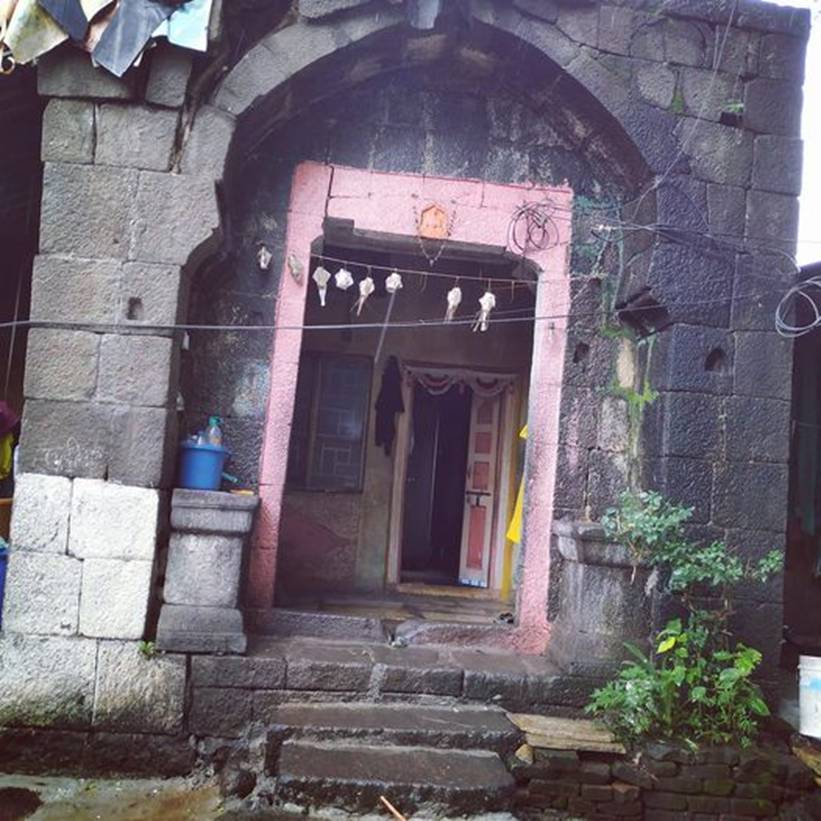

Potnis Wada Details
Pune to Potnis Wada
Duration: 1 – 2 hours

What to Expect
A mix of dense forest and open plateau.
– Various fruit-bearing trees and lush vegetation.
– Historical and cultural sites along the trail

Best Time to Visit
Winter (October to February): Ideal for trekking due to pleasant weather.
Monsoon (June to September): Offers lush greenery and waterfalls but requires extra caution due to wet conditions.
Summer (March to May): Can be quite hot; start hikes early to avoid the heat.

How to reach there
Carry at least 3 liters of water and some snacks.
– Consider hiring a local guide for a more informative experience.
– Start early to avoid the midday heat.

Tips for Hikers
Carry at least 3 liters of water and some snacks.
– Consider hiring a local guide for a more informative experience.
– Start early to avoid the midday heat.
Experience the various trekking routes of Mulshi and immerse yourself in the natural beauty and cultural richness of this captivating region. Whether you're seeking adventure, tranquility, or historical exploration, Mulshi offers a unique trekking experience.
admin
Published: October 9, 2024
